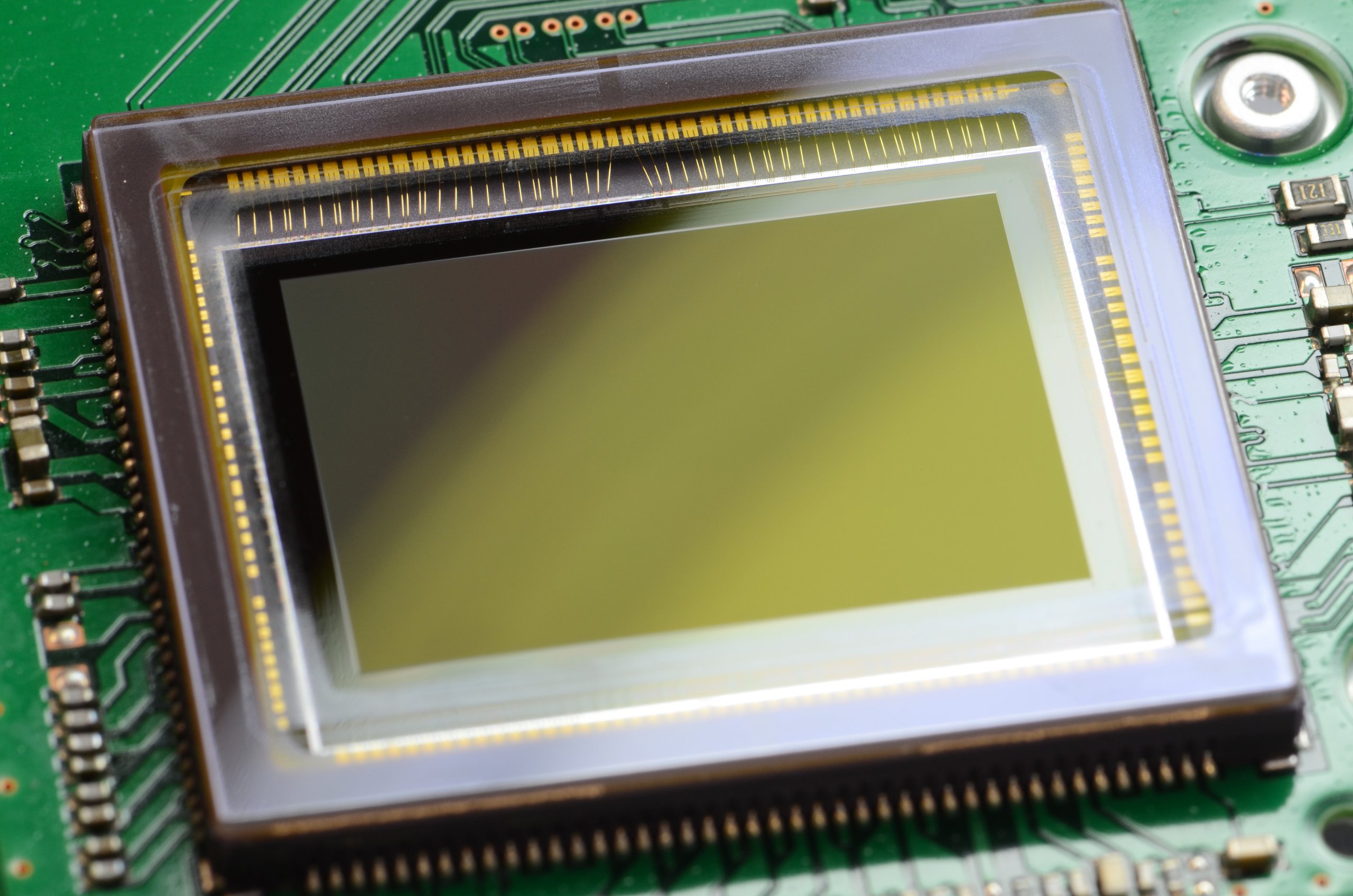VisionChip is a low-power, high-speed machine vision device using cutting image sensors to execute a variety of vision algorithms
In a conventional machine vision system, images are transmitted pixel-by-pixel from sensors, processors, and memory storage. This inefficient approach results in the processing system becoming inundated with pixels, with large amounts of data being continuously exchanged.
The cutting-edge VisionChip approach, inspired by biology, is to move the computation from the processor system to the sensor itself, through embedding a parallel processor array into the image sensor. This approach has multiple advantages over current machine vision systems:
• Pixel data is processed on the sensor chip, right next to where it is acquired, eliminating the delays and power consumption associated with transferred the data between sensor and processor.
• Parallelism of the vision tasks is well exploited, with a very large number of relatively simple processors, organised as a pixel-parallel SIMD processor array, providing large computer power and high efficiency in terms of processing power per Watt.
• The unique processor circuit design, including analogue and digital operations, produces extremely compact and efficient software-programmable solutions.

Image sensor from digital camera.
The device is fully programmable and able to carry out a number of processes using on-sensor computations, such as a feature map, optic flow map, and address-events describing locations of pixels of interest. The reduced latency from early vision computations results in high processing speeds and low power consumption, enabling new embedded vision applications in areas such as robotics, Virtual Reality, automotive industries, toys, and surveillance.




